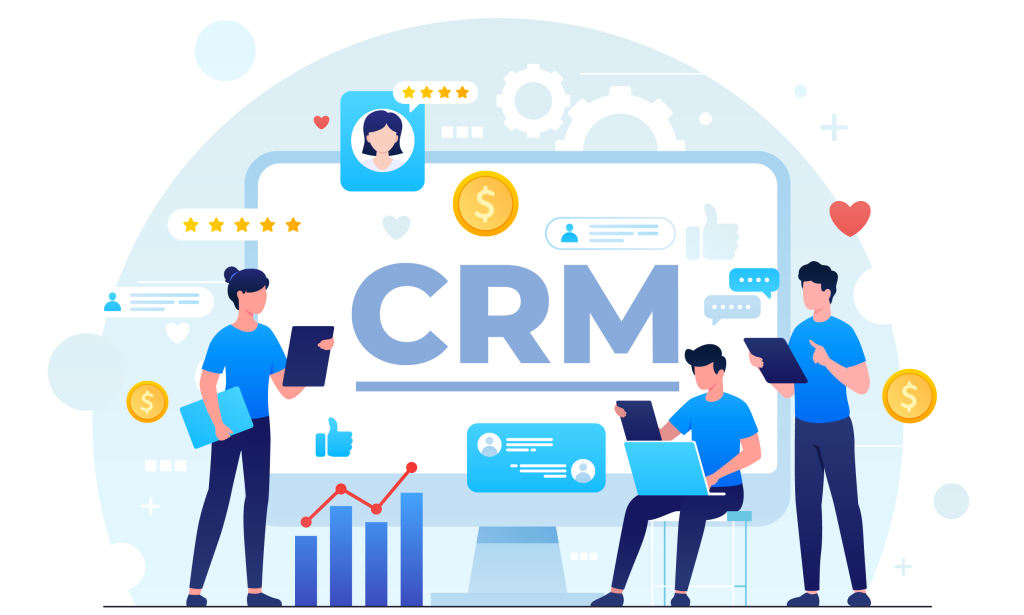
Digital transformation is no longer optional — it’s a necessity for any company that wants to stay competitive in a constantly evolving market. At the heart of this transformation are two fundamental pillars: Integration and Automation.
When implemented correctly, these practices not only boost operational efficiency but also free up time and resources for what truly matters — creating customer value and driving business growth.
What does it mean to integrate and automate?
Digital integration is about connecting different systems, platforms, and applications so they can communicate seamlessly.
For example:
-
An e-commerce website can be integrated with accounting software and stock management systems;
-
A CRM platform can automatically exchange data with an email marketing tool;
-
Productivity tools (like Microsoft 365, ERP systems, or helpdesk platforms) can share information in real time.
Automation, on the other hand, focuses on eliminating repetitive manual tasks, replacing them with automated processes that follow predefined rules.
This may include:
-
Automatically sending welcome emails to new customers;
-
Generating daily sales reports;
-
Automatically processing support requests or invoices.
Why integration and automation are essential to Digital Transformation
Modern businesses use dozens of digital tools, often disconnected from each other. This lack of integration leads to information silos, human errors, and process delays.
By integrating and automating systems, organizations can:
-
Improve operational efficiency by removing redundant tasks;
-
Increase data accuracy, reducing errors and inconsistencies;
-
Accelerate decision-making with real-time information;
-
Reduce costs through better use of human and technological resources;
-
Enhance customer experience with faster and more personalized responses.
In short, successful digital transformation isn’t just about adopting new tools — it’s about connecting them and making them work together.
Practical examples of integration and automation
-
Sales and Billing Management:
Integrating the billing system with the CRM to automatically generate invoices when a sale is completed. -
Customer Support:
When a user fills out a contact form on the website, the request is automatically registered in the support system and assigned to the right technician. -
Digital Marketing:
Automating email campaigns based on user behavior — for example, sending a personalized promotion to users who abandoned their shopping cart. -
Management Reports:
Automatically collecting data from multiple sources (sales, marketing, support, finance) and generating real-time dashboards.
The challenges of digital transformation
Although the benefits are clear, integration and automation require careful planning and technical expertise. It’s essential to:
-
Map internal processes and identify improvement opportunities;
-
Choose compatible and secure tools;
-
Ensure data is protected and compliant with GDPR;
-
Train teams to make the most of new solutions.
Digital transformation is an ongoing journey — not a one-time project.



